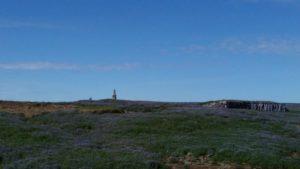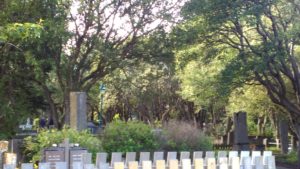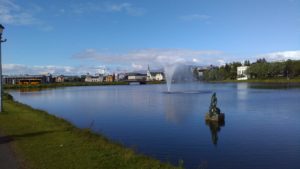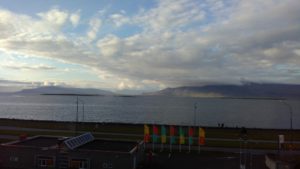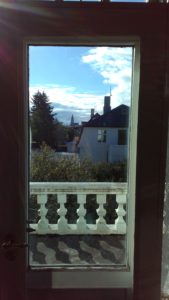As of this week, I’ve officially been in Amman for a little over a week! Boy, has it felt like I’ve been here WAY longer than that! Trust me, it’s been great and exciting getting to explore such a complex place like this, but there have been quite a few bumps in the road along the way.
Let me tell you about my first few days in Amman! I was so lucky and am very grateful that I could stay with one of the kindest and most welcoming alums, Theresa Rinaldo along her fiancé, Jerome. I’m not gonna lie, they had quite the amazing set up compared to what I was expecting in Jordan because not only was there hot water, but there was also a faucet for clean drinking water. I was so amazed by that! I was also able to go to one of the most popular restaurants in Amman, Hashem! WOWZA! That falafel and hummus was pretty amazing. While we were just… “Roman” around downtown, we spotted a concert that we ended up going to at the Amman Citadel. The Citadel is historically significant because has many buildings and ruins from the Roman, Byzantine, and Umayyad periods so in case you didn’t get the pun, now you know!
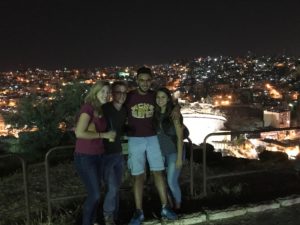
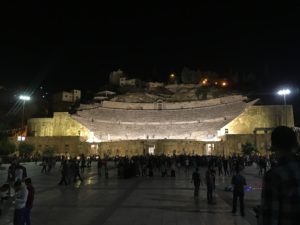
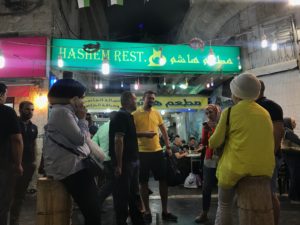
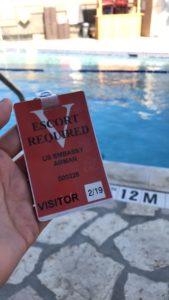
I also need to add this… I WENT SWIMMING AT THE US EMBASSY! Why this is so amazing to me, I will never know. I felt so important walking in, handing in my ID, receiving a badge, and going through security just to swim in your typical swimming pool. I think the most impressive thing about it was the fact that the bar served Dr. Pepper. NEVER HAVE I EVER SEEN DR. PEPPER OUTSIDE THE UNITED STATES!
After a super wonderful and comfortable stay with some nice folks, it was time for me to leave and do what I had been anticipating all summer… Meet up with my roommate, Olga, and move into our apartment. On the way to an infamous McDonald’s that kept being referenced, I had my first full out interaction with a taxi driver who could barely speak English. HOLY COW! WOW! I never knew I could even speak with someone for 30 minutes in Arabic! Little did I know that would not be the craziest thing I experienced here.
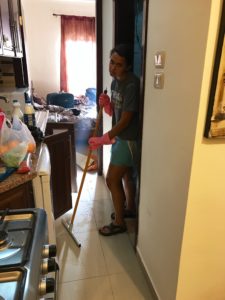
The next day is when culture shock began to sink in and living on my own (well, with a roommate) wasn’t so cool anymore. We had decided to go get some groceries like every adult is supposed to do so we could come back and fix dinner. After getting back, we realized that our refrigerator didn’t work! We tried plugging it in and waiting, in hopes that it would get cold, and after 4 hours—nothing. The milk and the “meat” we had bought were going bad so we had to use it. We cooked some pasta with this mystery meat and ate cereal so of course, we needed to be responsible and wash dishes. Unfortunately, as the water was draining, it leaked from the pipe and flooded our entire kitchen area. Can I just say at this point, I’ve had enough of this “adulting” idea, but it didn’t stop there. Olga and I heard a loud knock on our door and finally, it was our housekeeper to the rescue! Except he didn’t speak a lick of English so we were forced to explain our entire situation in Arabic. YIKES. My two years of Arabic did not prepare me for all of this so with our limited vocabulary, we were finally able to get the housekeeper to understand our problem and he fixed our problems! Or so we thought. The craziness continued. As we were waiting for our replacement refrigerator (that was supposed to be delivered to us in 30 minutes), we hear a knock on the door. In hopes of finally settling everything, we open it up and lo and behold, there is a man standing there with a suitcase full of perfumes. He also didn’t speak English very well so here we are, sitting in our small living room having a ton of perfumes sprayed all over us, in the hallways, in our bags, and even on his arms. We ended up having this sales pitch go on and on for over an hour and finally, we just bought this “designer” perfume. It was so strange because this man kept expecting me to translate what he was saying to Olga as if she couldn’t speak Arabic, but little did he know that she knew just as much as I did! It ended up being such a strange experience that all we could do was laugh at how random it was.
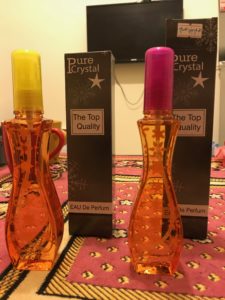
The next day was our placement exams…. TALK ABOUT YIKES! I had absolutely no clue what to expect. I was so nervous because I haven’t practiced in so long, but somehow I managed to receive one of the highest scores! Because of that, I was placed into the highest level, which is level 6. If we’re being honest, before coming to this program, I had thought I would be at a level 2 or 3, but when I saw that I made it to 6, I truly couldn’t believe it. It was something I did not expect, especially since Arabic is something I’m not confident in. Not yet anyways.

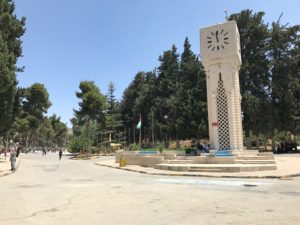
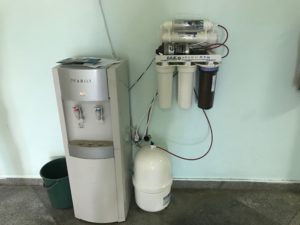
My first day of class was extremely intimidating. First, let me explain how my morning started out. I woke up and began to take a shower when suddenly, the water pressure only becomes drips of water. For a girl with longer and thicker hair, this is not okay. At one point, the water completely stopped. This was probably the first time in all my years of traveling that I ever experienced frustration because of a lack of a necessity. Usually, I’m okay with not having everything I need, but I this time was different for some reason. After about 30 minutes, I was able to finish my shower and head to class. It turns out, I was with 4 other students who have all studied Arabic abroad for at least a year! And a couple of them for 3 years! This was such a shock to me since they all seem to be so much more advanced than me, yet I somehow was place in the same class. There were two guys from Russia who seemed SO intense. I kid you not, they were even correcting the professor. That definitely did NOT help my anxiety. The second day when one guy walked in, he shook everyone else’s hand but mine! I was so shocked! It finally settled in that he is from Russia and culturally, things might be different.
Overall, despite these series of events, I am still so excited to be here and am amazed with how much I’m growing. My Arabic class here at the University of Jordan is very challenging, but I know I will begin the acquire the language by being a part of this level. It’s very interesting because, as my professor put it, we are “playing with words” every day, meaning that we are always trying to figure out the meaning of a word and its function based on what we know. We’re also learning the exact meaning of the words we know and using them in a way that a native speaker would, not in the way we would if we based it on literal translation. It helps being introduced to the dialect in class because when people speak the colloquial language, I can get a better understanding of what they are saying and can build my vocabulary first in the class then in everyday interactions. I will admit, I’m still learning how to handle being one of the only people here from the United States because I’m WAY out of my comfort zone. I can’t even speak English like I normally would since most people here aren’t fluent, which can be frustrating at times when all the culture shock begins to pile up on me. It seems like everything I’ve known about living a life in another country has gone out the window and quite frankly, there are times where all I want to do is go home so I don’t have to keep trying to figure everything out. Every situation I come across tends to be one where I’m completely lost and need figure out an entirely new way to handle it whether it be with my apartment, interactions with people, or even sitting in class. I am now re-learning everything and although it is incredibly frustrating, I know that with time and prayer, I can and will overcome these small obstacles. Yalla! (or “let’s go”)
P.S.- Sorry for such a long post! I don’t always have internet so when I post, it will more than likely be a bit longer 🙂
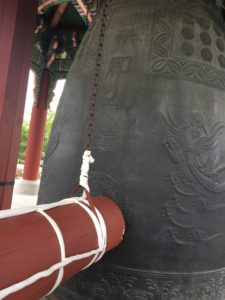
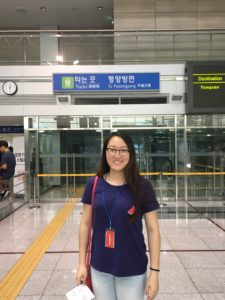
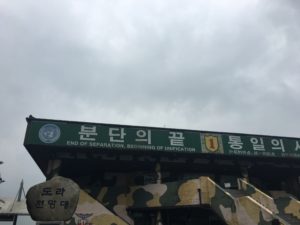
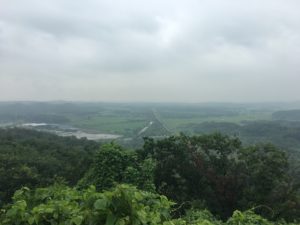
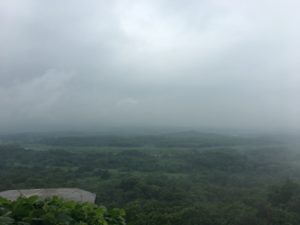
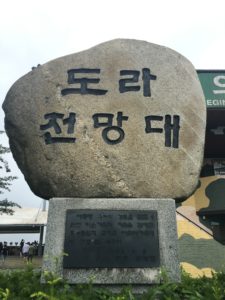
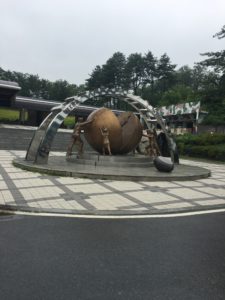
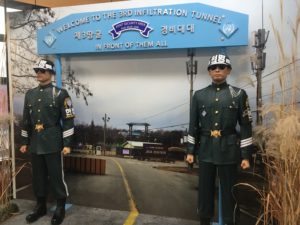
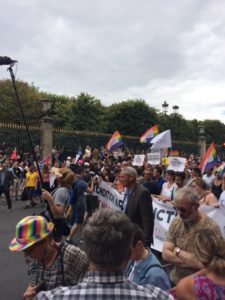

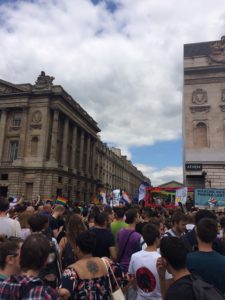
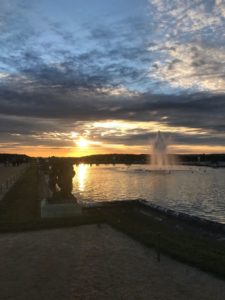

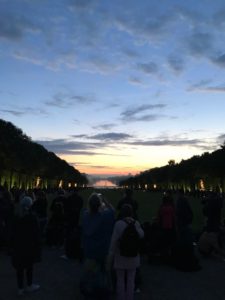
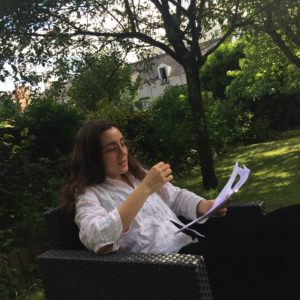

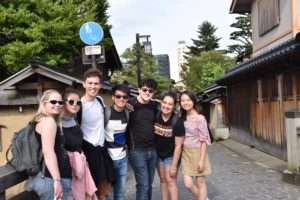 (exploring Kanazawa with friends)
(exploring Kanazawa with friends)

